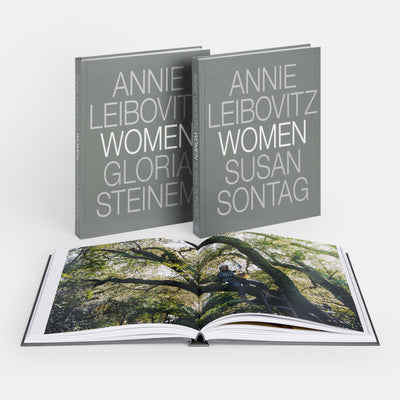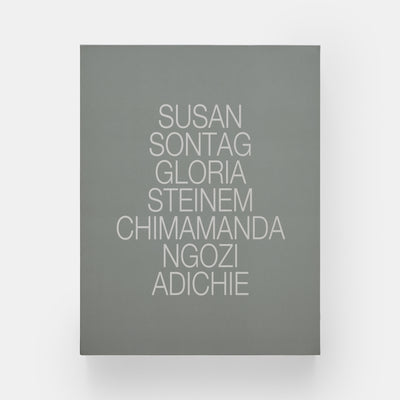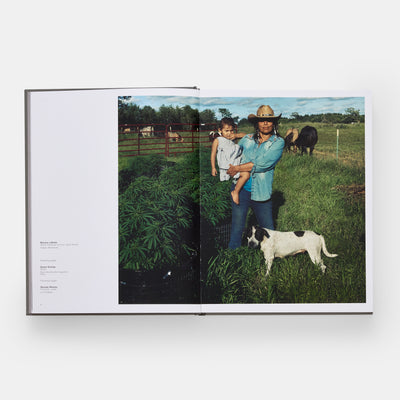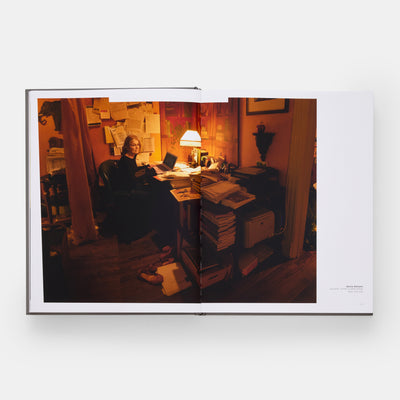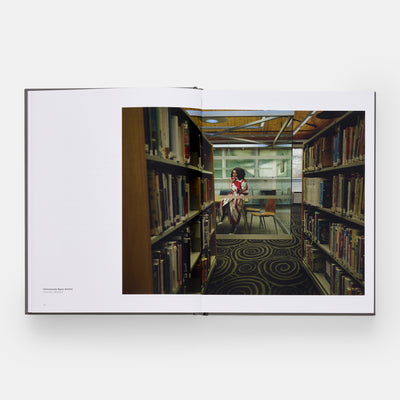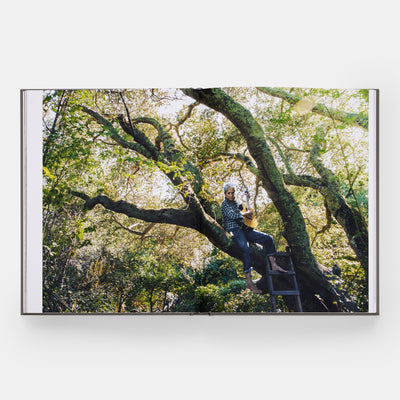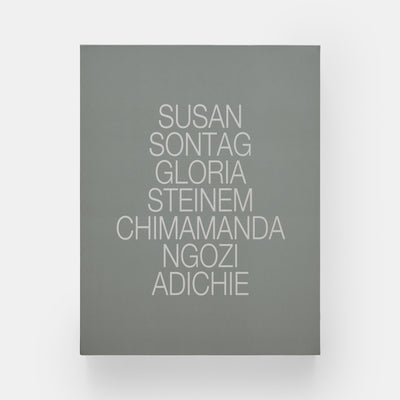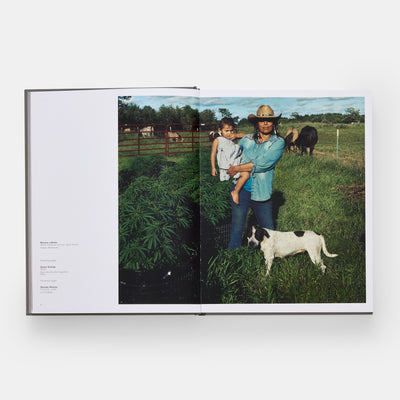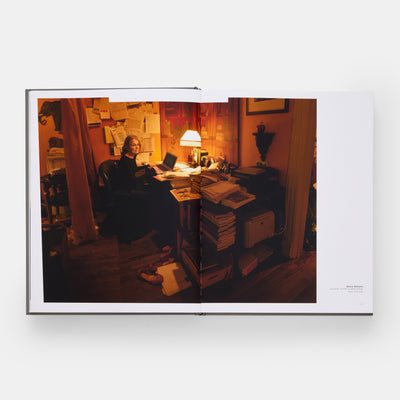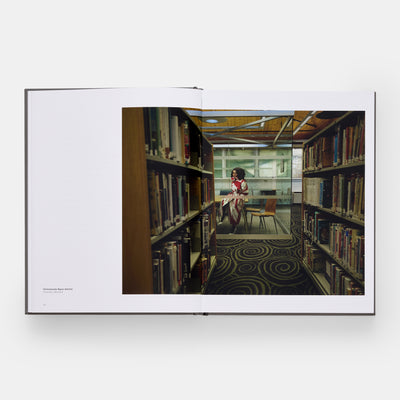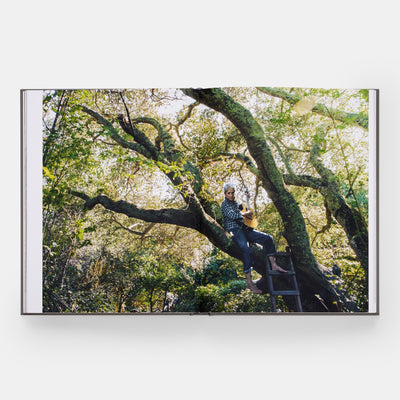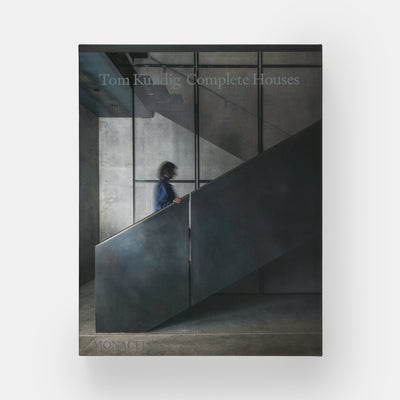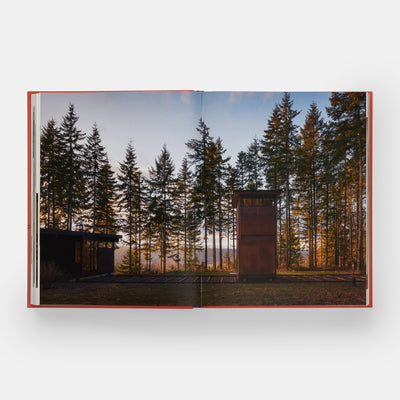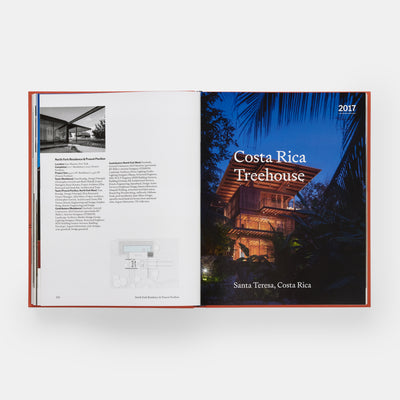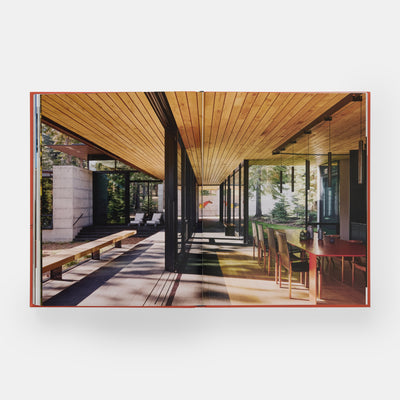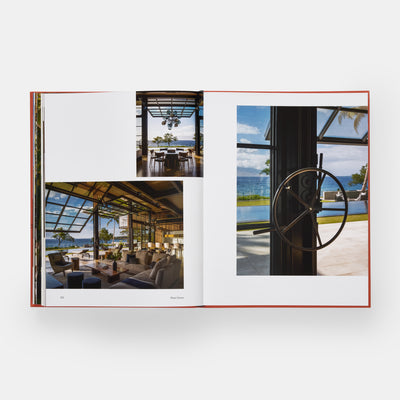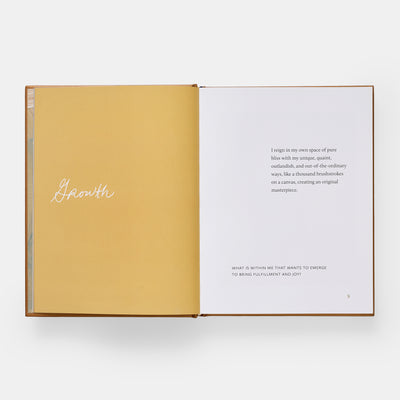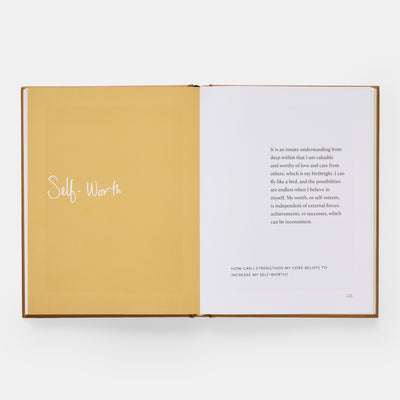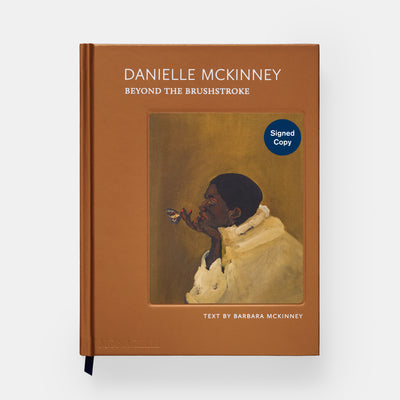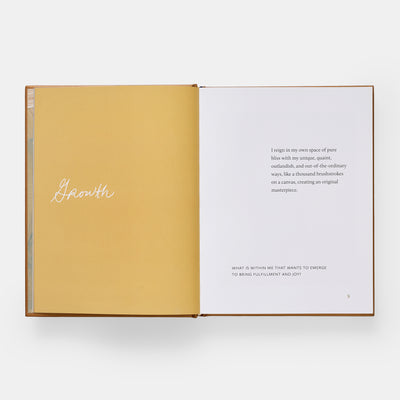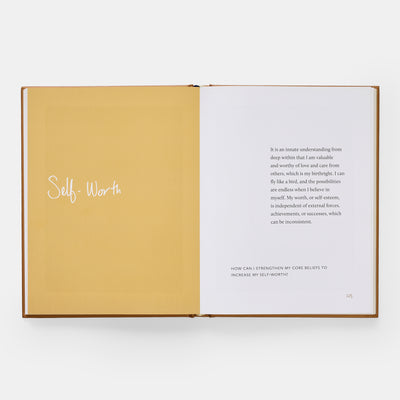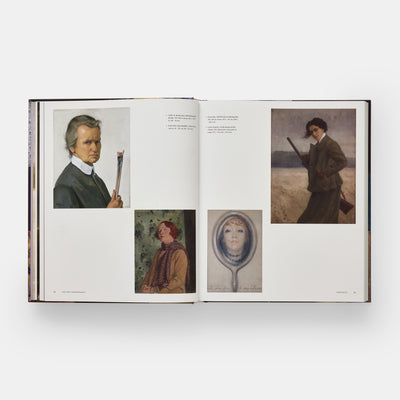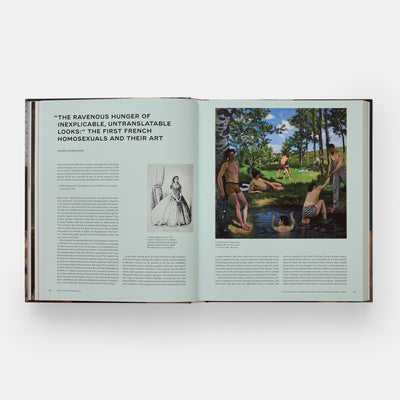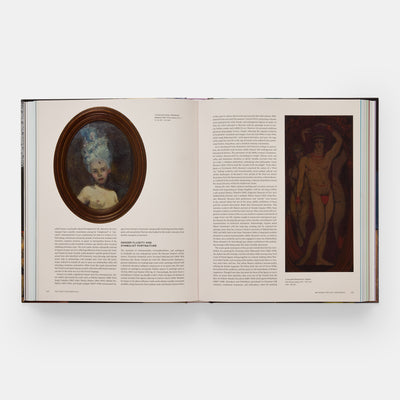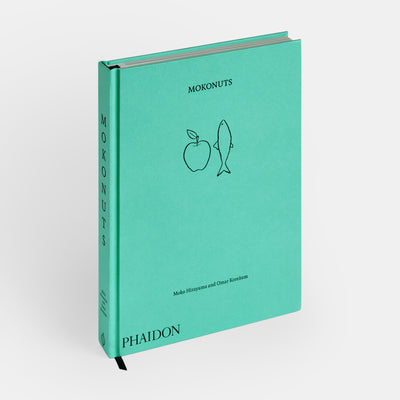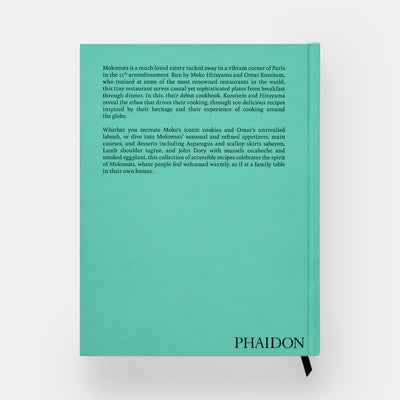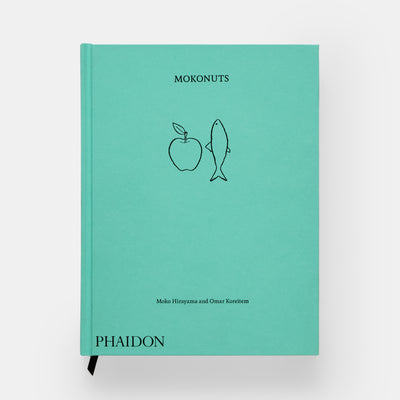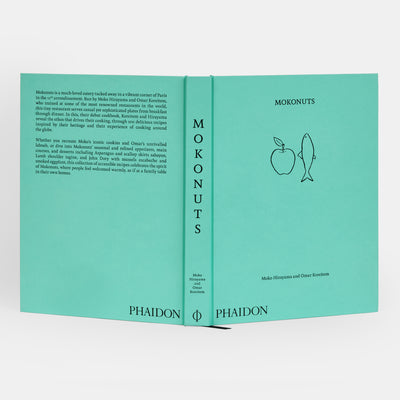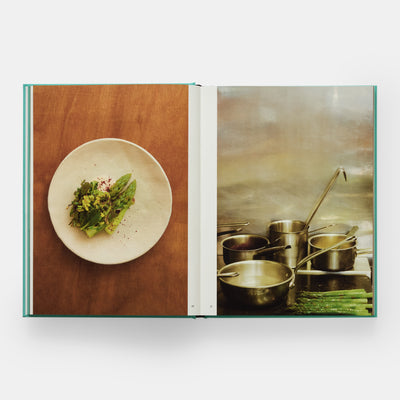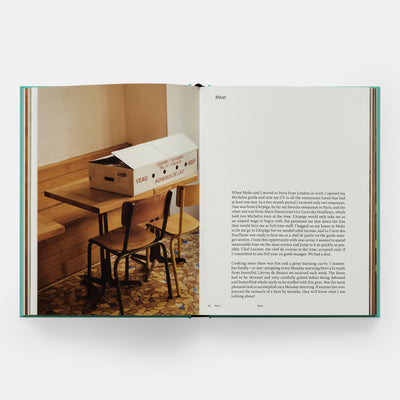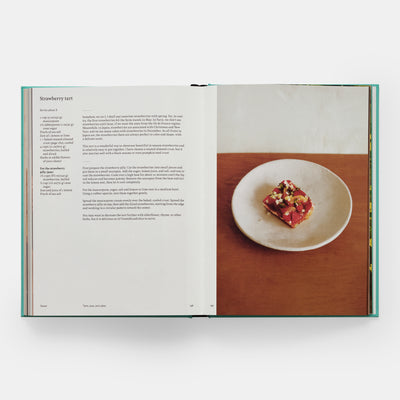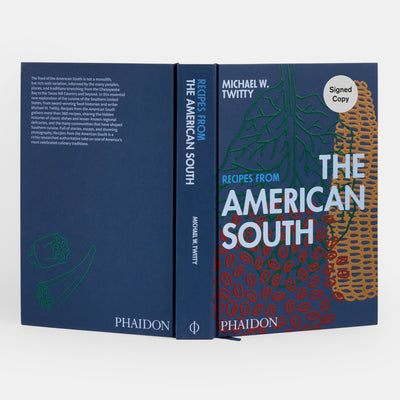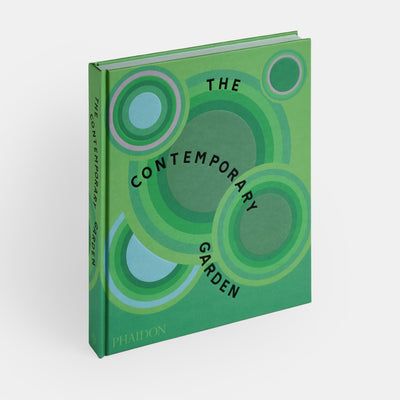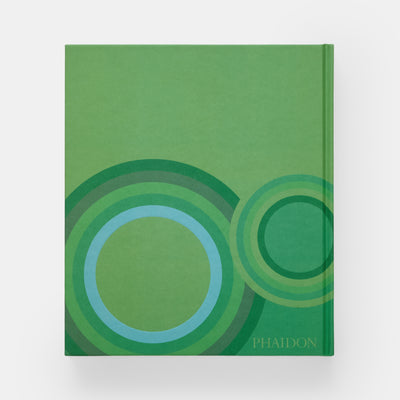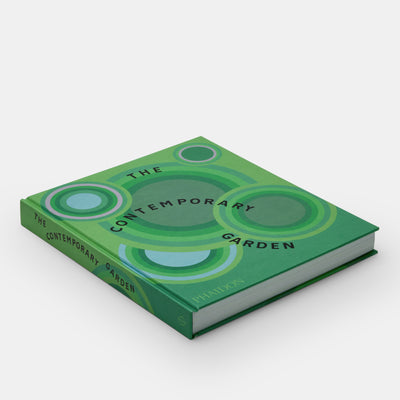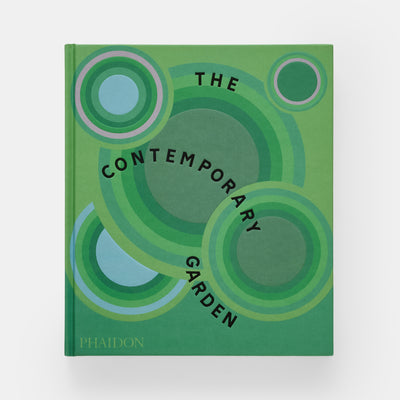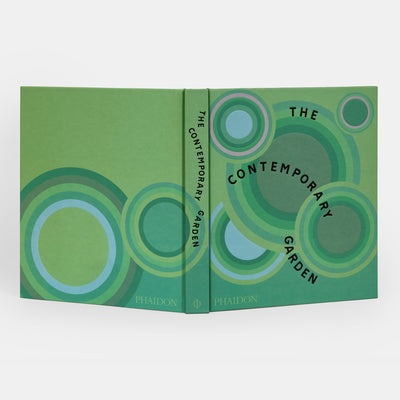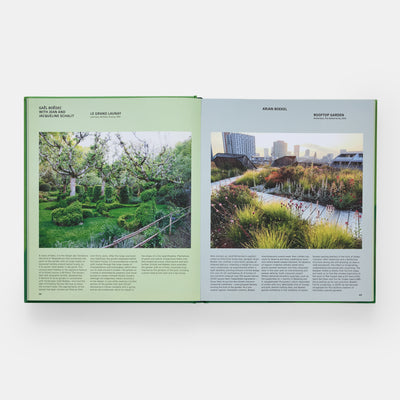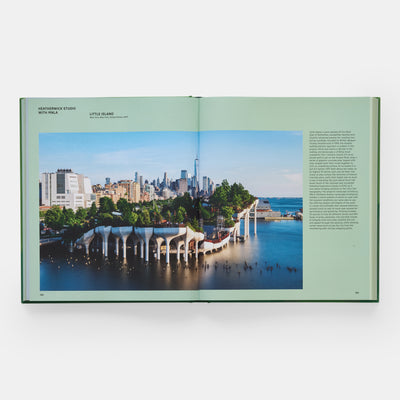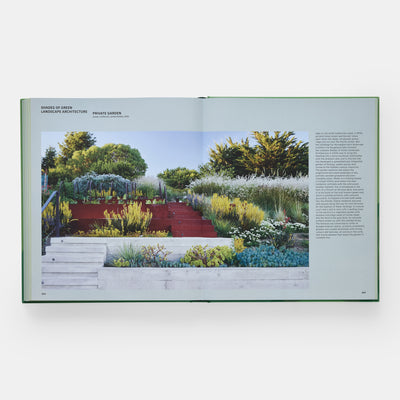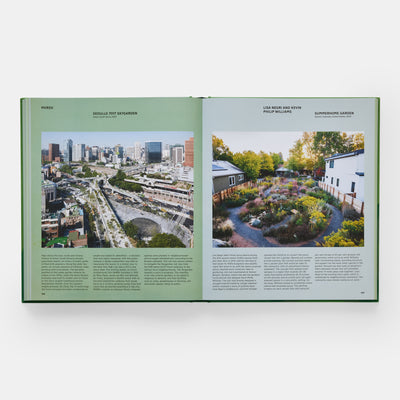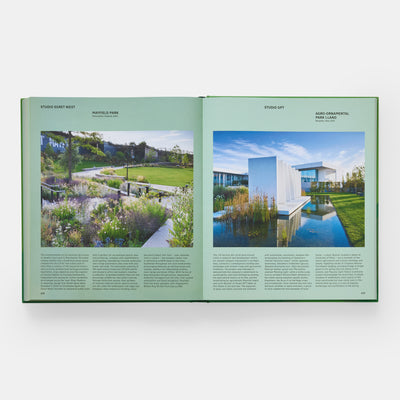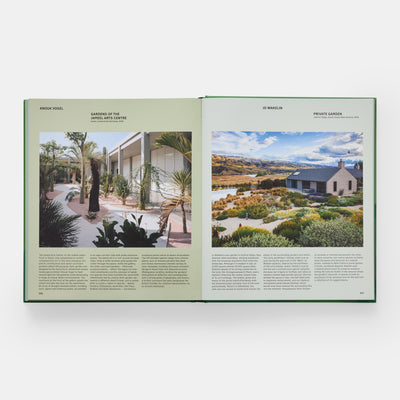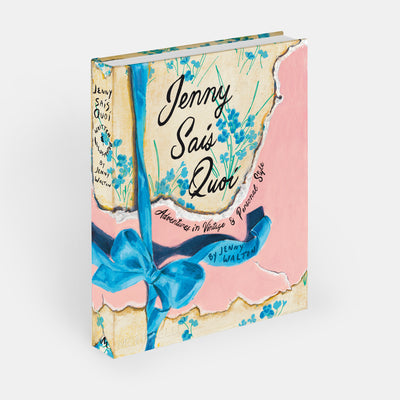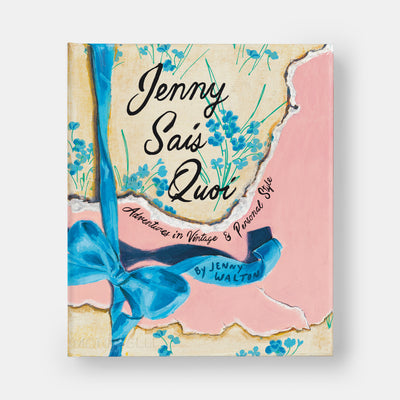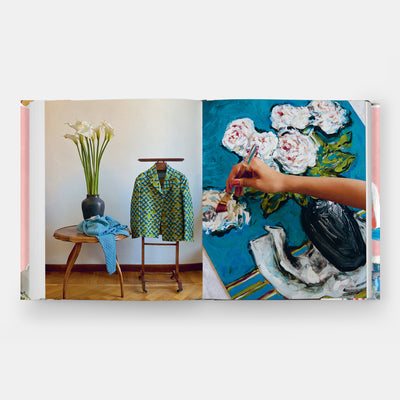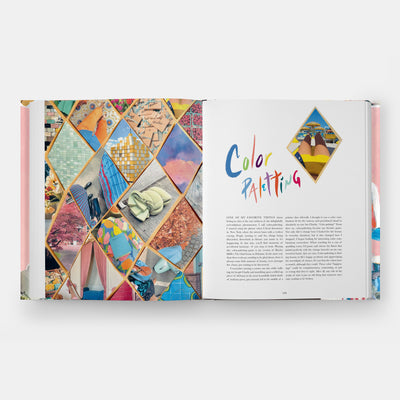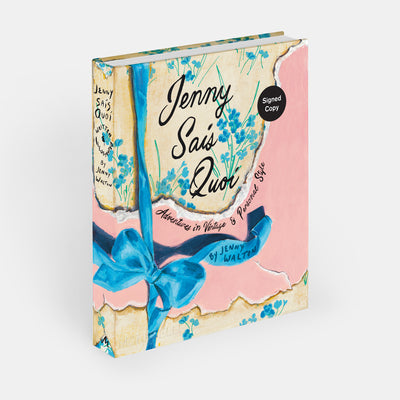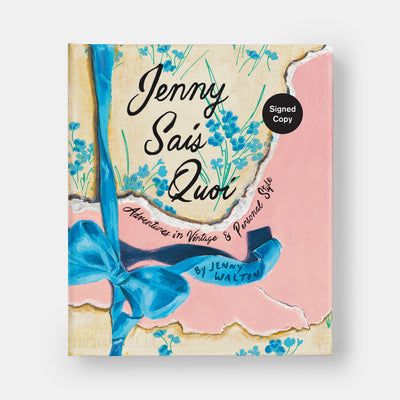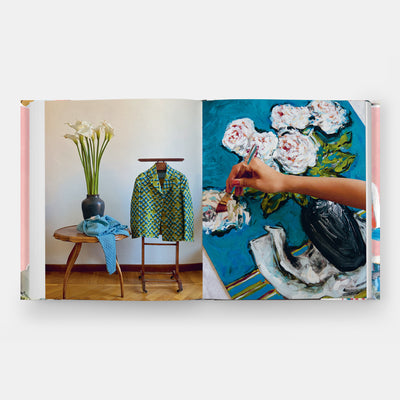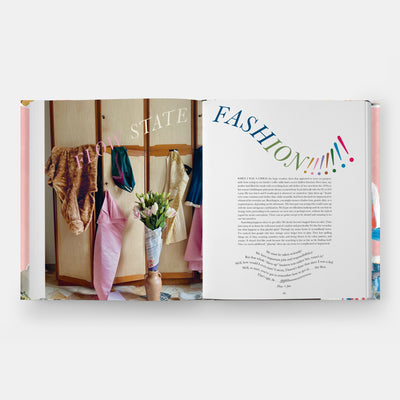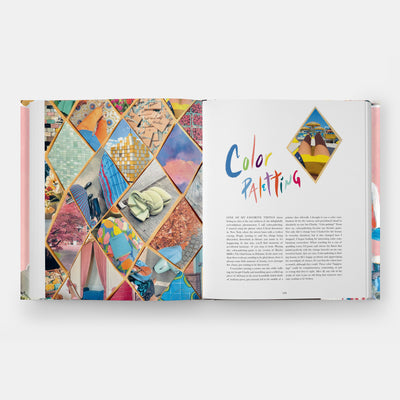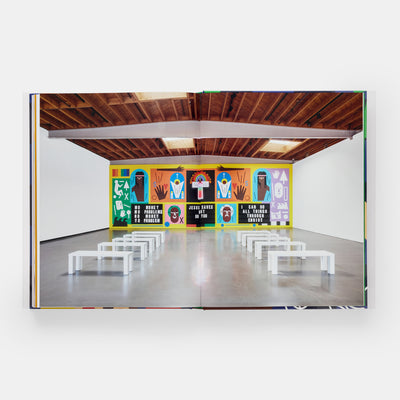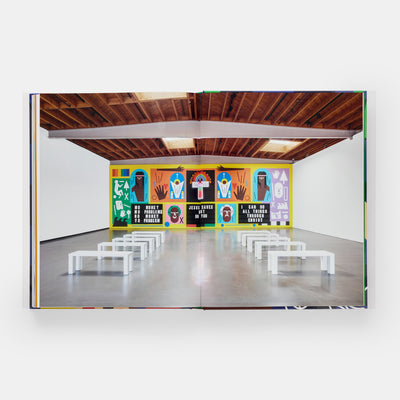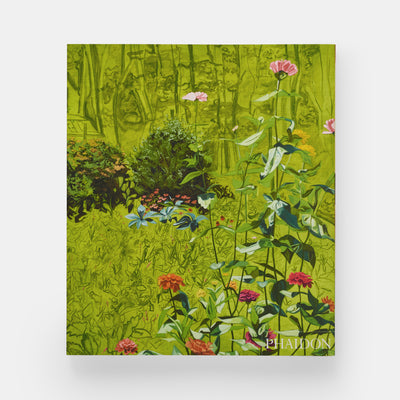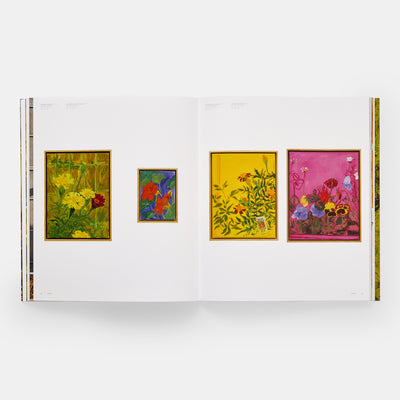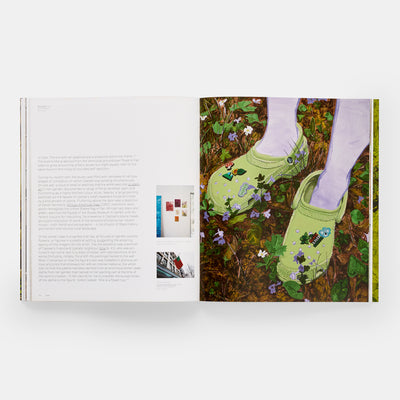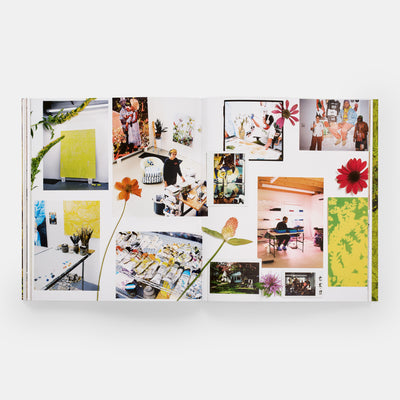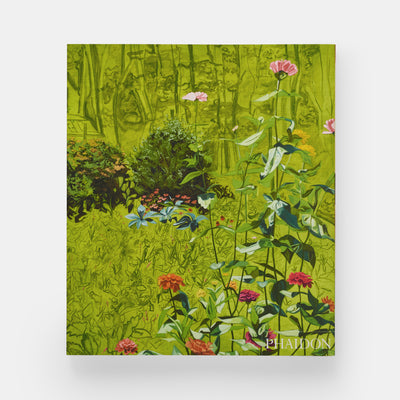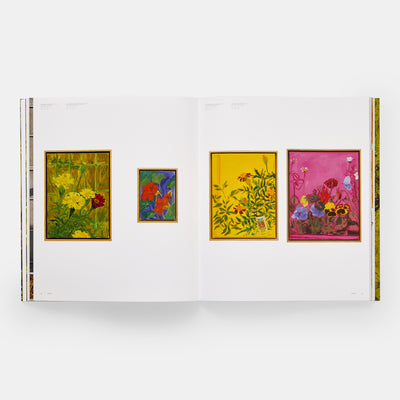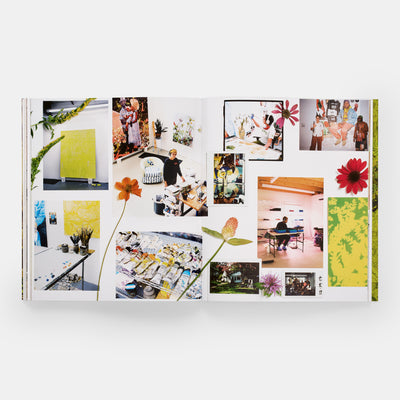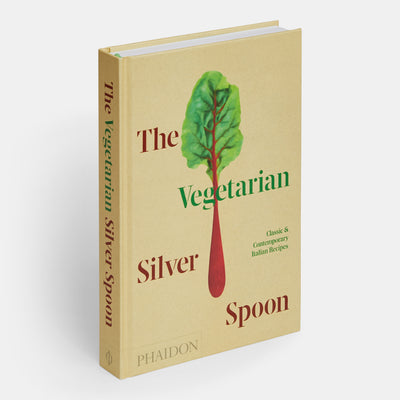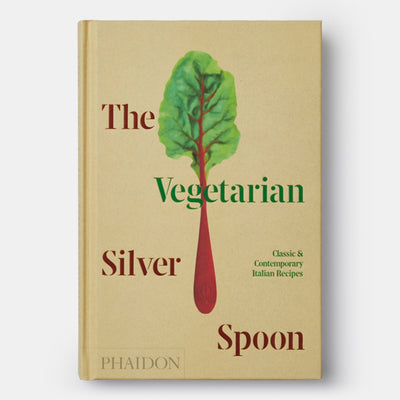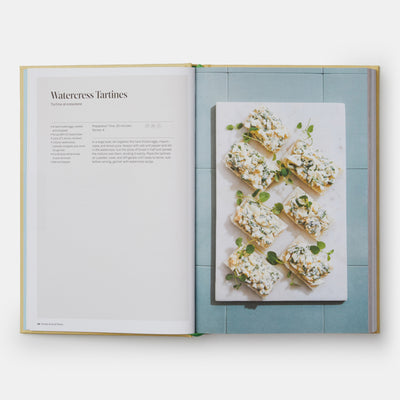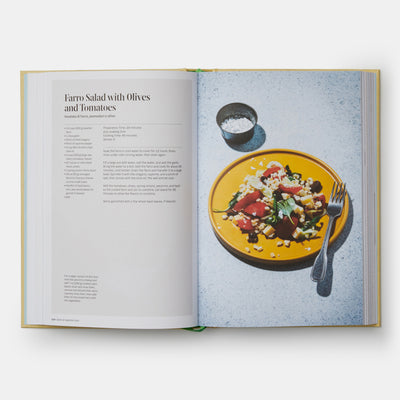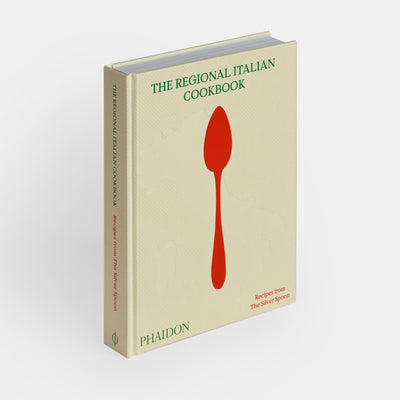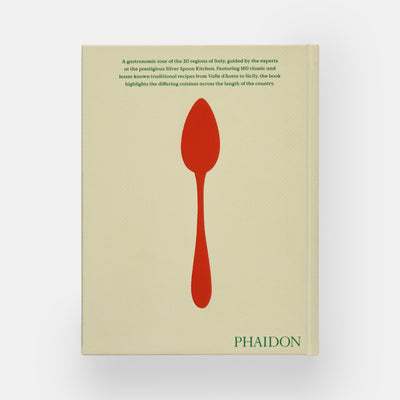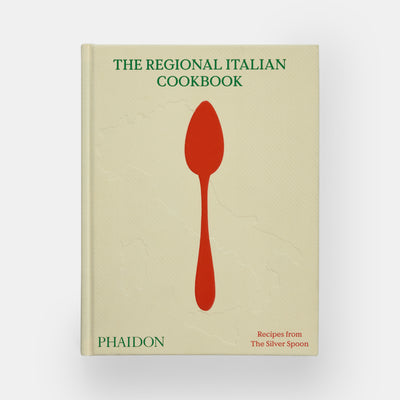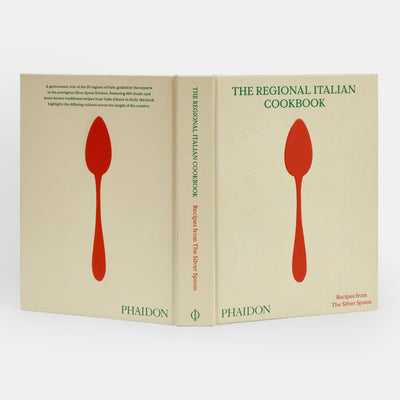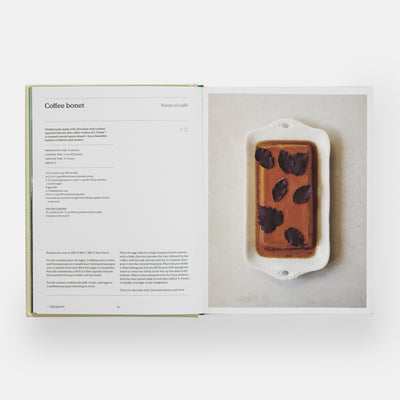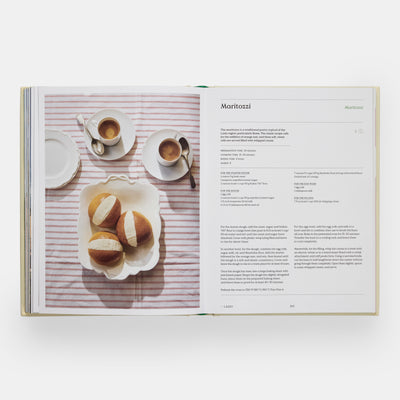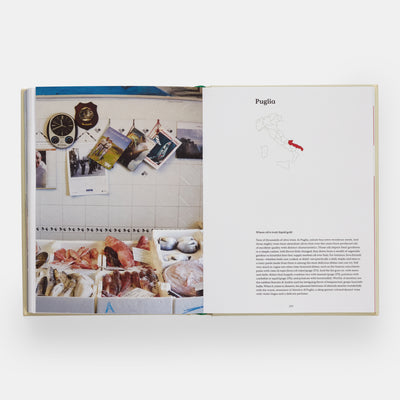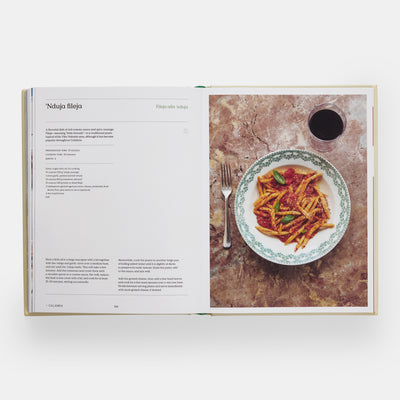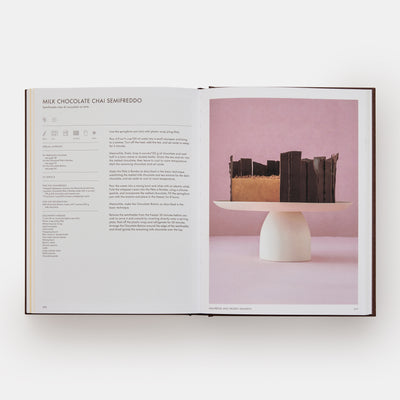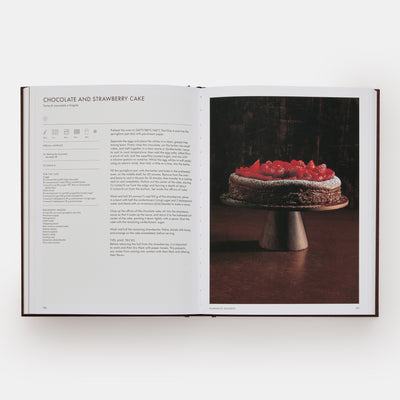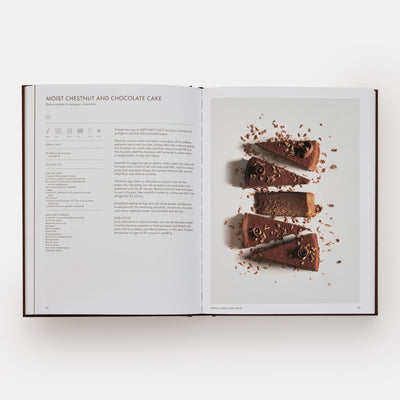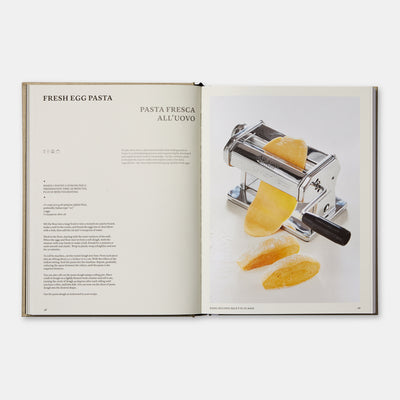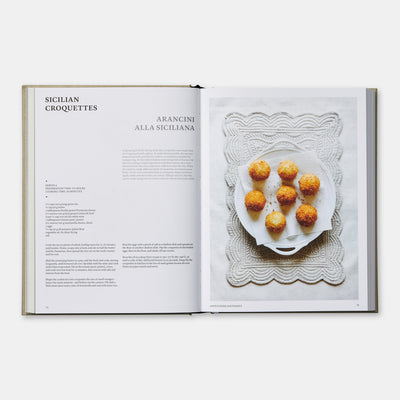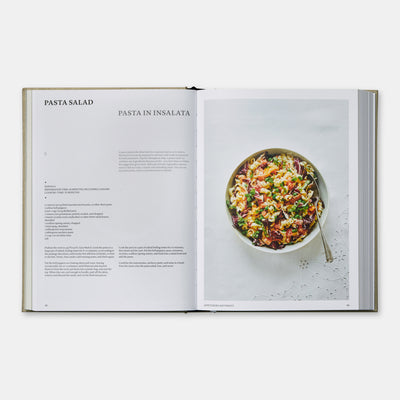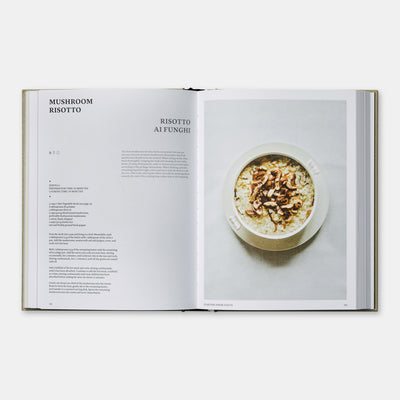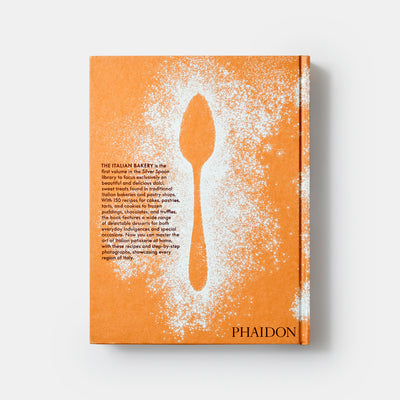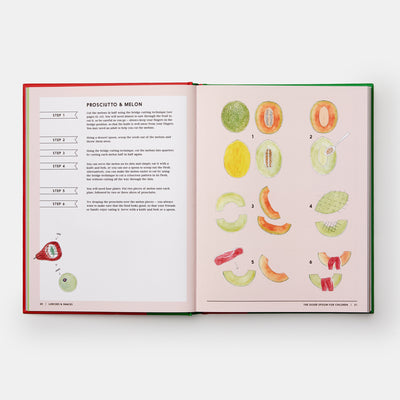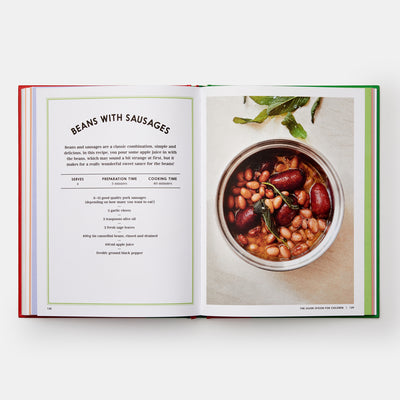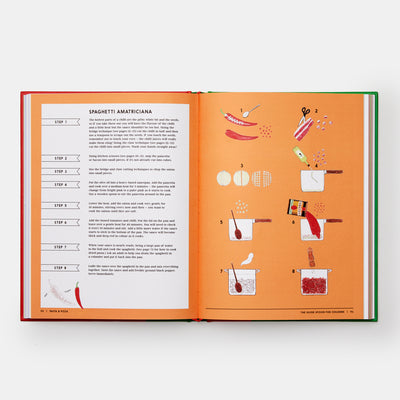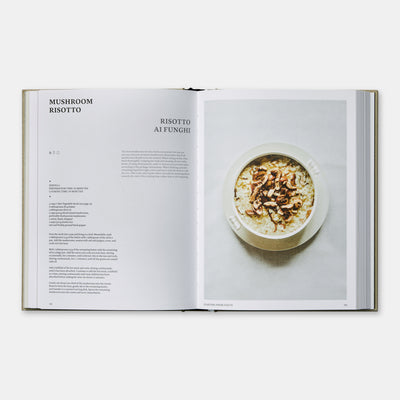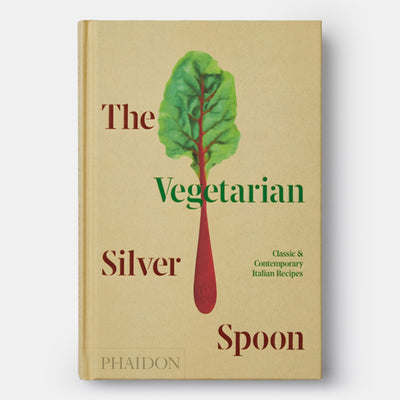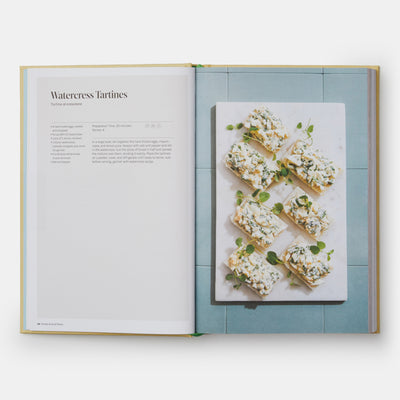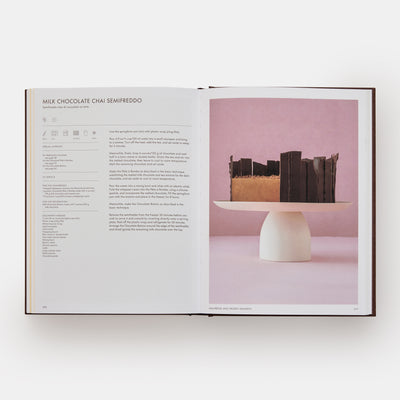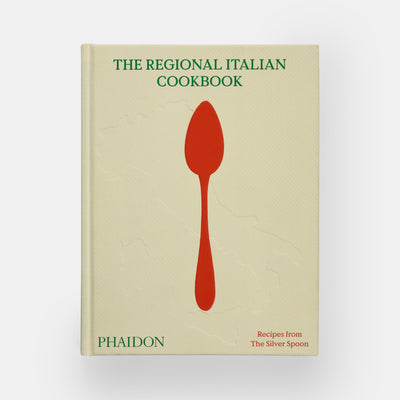The designers Dan Pearson and Terence Conran once wrote a book on garden design which began with the phrase, ‘Gardens have never been as important in our lives as they are today. In our stressful world, the garden has become a sanctuary’. That opening gambit is perhaps truer today than it was when they wrote it nearly thirty years ago.
Over the past quarter century or so, gardens have evolved as highly thought out, multi-functional spaces where we relax, play, work and socialise.
Our new book, The Contemporary Garden celebrates the beauty and creativity of nearly 300 of the greatest contemporary gardens across the globe in a comprehensive survey highlighting the work of the world’s leading designers.
Spanning the late 90s to the present, it includes a wide range of projects from more than forty countries, ranging from intimate private spaces to iconic public gardens, such as the High Line in New York and Changi Airport Garden in Singapore.
Private gems include a dreamy hillside garden by Umberto Pasti in Morocco as well as Anna Wintour’s elegant garden in upstate New York by Miranda Brooks. It includes a comprehensive range of contemporary garden styles, including naturalistic, community, wild, urban, botanical, dry, topiary, minimalist, edible, and flower. Mexican designer Fernanda Rionda’s lush, green courtyard garden in Mexico City sits next to a wild, beachfront garden by Amalia Robredo in Uruguay.
Along the way, themes, such as sustainability, a naturalistic aesthetic, plantsmanship, conservation, as well as health and wellbeing, are all covered in the book.
The Contemporary Garden is organized alphabetically by designer, following the format of previous bestselling titles such as The Art Book. It showcases the work of renowned garden designers and landscape architects, alongside rising stars from around the world. Each garden is presented with a large image and an insightful text. The list for inclusion was researched by Sorrel Everton, former deputy editor of Gardens Illustrated, with the final selection curated in collaboration with an international team of horticultural experts, including Paul Redman, director of Longwood Gardens and Clare Foster, editor of House & Garden. The British garden designer and writer, Annie Guilfoyle, has written an introduction. Here we take a closer look at five gardens bridged from our new book.
CASA ACANTO San Miguel Chapultepec, Mexico City, Mexico
 Fernanda Rionda, Casa Acanto, San Miguel Chapultepec, Mexico City, Mexico, 2019. Picture credit: Photographer: Max Carballo
Fernanda Rionda, Casa Acanto, San Miguel Chapultepec, Mexico City, Mexico, 2019. Picture credit: Photographer: Max Carballo
Tucked away in San Miguel Chapultepec, a historic neighbourhood of Mexico City, this 1,200-square-metre (13,000-square-foot) garden transforms a 1930s house into a serene refuge from urban life. Offering a modern take on traditional Mexican courtyards, it seamlessly blends historical charm with contemporary design. Its Mexican landscape designer, Fernanda Rionda, executed the project with a masterful blend of beauty and functionality. Renowned for her expertise in naturalistic landscaping, Rionda specializes in creating solutions to environmental challenges, and her approach is evident in this garden’s sustainable design features: gravel surfaces, water-efficient plant selections, and a thoughtful layout that encourages exploration while minimizing maintenance. As visitors step into the garden, they are greeted by a harmonious interplay of plants and materials. The absence of a traditional lawn is striking; gravel replaces grass, offering both aesthetic and practical advantages. Meandering brick paths weave through lush greenery, inviting visitors to pause and soak in the tranquil atmosphere. Iconic plants, such as Acanthus mollis (bear’s breeches), evoke a timeless elegance, their repeated forms tying the space to its historical roots. More than just a retreat, this garden serves as a powerful statement on the role of design in urban sustainability.
DOMINIQUE AND BENOÎT DELOMEZ JARDIN INTÉRIEUR À CIEL OUVERT Athis-de-l’Orne, Normandy, France
 Dominique and Benoît Delomez, Jardin intérieur à ciel ouvert, Athis-de-l’Orne, Normandy, France, 2000–11. Picture credit: Courtesy Benoît and Dominique Delomez
Dominique and Benoît Delomez, Jardin intérieur à ciel ouvert, Athis-de-l’Orne, Normandy, France, 2000–11. Picture credit: Courtesy Benoît and Dominique Delomez
In their transformation of a wetland into a 0.3-hectare (¾-acre) contemporary garden, visual artists Dominique and Benoît Delomez have created a multidimensional vision. They developed it piece by piece, building different universes of shape, level, colour and graphics. Closed, confidential spaces contrast with more open areas, while the ever-present water serves as a common thread, most notably in the large pond that reflects the house. The entrance to the garden slips into a narrow passage along a shaded stream covered with duckweed and continues through dense undergrowth and a ‘nest’ of bamboo. The Delomezes installed a series of wooden pontoons above the ferns, to allow the wet parts of the garden to be crossed. Emerging from these shadowy areas, the garden suddenly opens up to a new pond and a circular viewing terrace. There, a waterfall and its artwork, a Plexiglas cube, allow a different view of the garden, through this revealing prism. At the turn of a laurel alley, a productive vegetable garden in tones of red, green and black emerges, lush even as summer ends. Large mirrors reflect images that fragment and multiply the views and also seem to split the space. This is one of the fantasies of this remarkable garden, where contemporary elements and unusual objects are boldly introduced. It is clear that its creators are happy to subvert the conventional approaches to garden design.
LUCIANO GIUBBILEI FABBRICA Pienza, Val d’Orcia, Tuscany, Italy
 Luciano Giubbilei, Fabbrica, Pienza, Val d’Orcia, Tuscany, Italy, 2018. Picture credit: Courtesy Luciano Giubbilei / Photograph by Andrew Montgomery
Luciano Giubbilei, Fabbrica, Pienza, Val d’Orcia, Tuscany, Italy, 2018. Picture credit: Courtesy Luciano Giubbilei / Photograph by Andrew Montgomery
In 2015 the owners of this historic estate in southern Tuscany read about how Italian garden designer Luciano Giubbilei (originally from nearby Siena) had spent time with Fergus Garrett at Great Dixter in East Sussex, England, perfecting his knowledge of perennials. Admirers of Giubbilei’s work, they invited him to Tuscany to design their garden. This project was Giubbilei’s first design commission back in his homeland, after having trained and worked for several years in London. He had an open design brief, and the clients were safe in the knowledge that he would create a contemporary garden that would fit seamlessly into the surrounding landscape and enhance the historic buildings of this former monastery. Giubbilei took inspiration from the local, ancient landscape of Val d’Orcia, in particular Monte Amiata, which is the highest mountain in Tuscany and an ancient (now dormant) volcano. Here informal drifts of perennials – including Iris ‘Medici Prince’, Artemisia ‘Powis Castle’, Helichrysum italicum (curry plant), Salvia nemorosa ‘Amethyst’, Clinopodium nepeta (syn. Calamintha nepeta; lesser calamint) and Stachys byzantina (lamb’s ears) – are planted in gravel. Softly mounded and in a colour palette of predominantly silver, burgundy, blue and purple, they mimic the contours and hues of the hills beyond.
ANDY STURGEON BATTERSEA POWER STATION ROOF GARDENS London, England
 Andy Sturgeon, Battersea Power Station Roof Gardens, London, England, 2022. Picture credit: Courtesy Battersea Power Station and Willerby Landscapes Ltd. Photo: Rachel Warne
Andy Sturgeon, Battersea Power Station Roof Gardens, London, England, 2022. Picture credit: Courtesy Battersea Power Station and Willerby Landscapes Ltd. Photo: Rachel Warne
When this immense decommissioned midcentury power station was sold in 2012, the aim of its new owners was to convert the crumbling landmark into a mixed-use destination with apartments, retail, leisure and office space. Unifying the spaces with 0.8 hectares (2 acres) of roof garden was truly visionary. With twenty-five years of rooftop design experience, it was Andy Sturgeon – brought in by landscape architects LDA Design - who had the insight to make it happen. Each rooftop was given an elemental theme. The central Boiler House, with its glass roof and tall chimneys, was a natural for ‘air’, using cloudlike trees. The flowing beds of ornamental grasses on Switch House West symbolize rippling ‘water’, and plumes of Cotinus coggygria (smoke bush) with coal-dark gravel mulch represent ‘fire’ on Switch House East. As well as dealing with the weight problems inherent in old roofs, Sturgeon explains, the challenge was to create a park-like ambiance above ground: ‘something that felt like a garden, rather than a series of containers that compose the typical rooftop composition’. The park concept was also a practical solution, since this exposed bend in the River Thames receives ferocious winds. Sturgeon planted trees that are tolerant of the shallow soil: pine trees at each end of the central roof, flanking a birch forest, as well as hornbeam and hawthorn.
MIRANDA BROOKS PRIVATE GARDEN Mastic, New York, United States

Miranda Brooks, private garden, Mastic, New York, United States, late 1990s. Picture credit: Ngoc Minh Ngo
The British American media executive Anna Wintour once said: ‘My friendship with Miranda (Brooks) is one of the great joys of my life. She has given me and my family a very special world.’ Wintour commissioned Brooks in the late 1990s to design her countryhouse garden. Underscoring their shared love for the abundantly flowering English cottage garden, juxtaposed with wild, naturalistic areas, Brooks’s design also respects the indigenous character of the coastal salt marsh and scrub-shrub habitat. A pebble and dirt road bordered by wild cherry trees leads to a small, vintage wooden door set into a brick wall covered with ‘Cécile Brünner’ roses. The flat site and absence of dramatic views inspired Brooks to create drama via pathways through woods, swathes of uncut grass, narrow lanes of mowed lawn, and meadows planted with bulbs, such as Camassia and Narcissus. Mature, cloud-pruned box, clipped holly and pleached linden allées offer formal structure near the two houses, framing untamed areas beyond. Rustic gates made of twigs lead to a hidden pool, tennis courts and a crab-apple meadow. A haven for butterflies, the perennial garden spills over with peonies, Baptisia, Geranium wallichianum ‘Buxton’s Variety’ and ‘Tuscany Superb’ roses enclosed in four square beds. Pictured, a box parterre that comes alive in spring with Narcissus poeticus (pheasant’s eye) and Malus ‘John Downie’ in flower. In summer Nicotiana mutabilis softens the voids and brings a magical looseness.

Take a closer look at The Contemporary Garden here.

